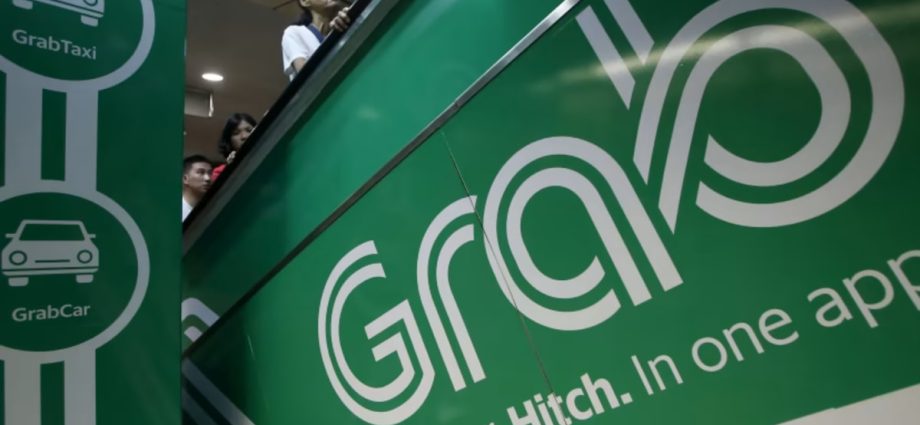
The fee may be lower if a driver has to travel a long time or a long distance from his current location to pick up a passenger. On the other hand, Grab may charge a higher service fee if the driver is closer to the pick-up point.
This variable Grab service fee allows driver-partners to be fairly compensated for their effort to complete every booking without impacting passenger fares, it said.
The service “fee” could also be negative in some cases, which means that the fare the driver gets is higher than that paid by the passenger. Grab will pay the difference.
“Higher service fees will be redistributed across the marketplace and be used to offset fares paid to driver-partners when they complete bookings with longer pick-up time and distance,” the company added.
TODAY understands that during the new driver fare structure pilots, the Grab service fee was observed to range between -10 per cent and 25 per cent.
The fixed S$3 far pick-up bonus will also no longer be available once the new fare structure kicks in.
HOW WILL PASSENGERS BE IMPACTED
There will be no change to how passenger fares are calculated, according to Grab.
“It would not be fair for passengers to pay for drivers’ pick-up effort as they have no control over the distance of their pick up location to the closest driver,” said the company.
Grab added that it observed an up to seven percentage point improvement in driver acceptance rate for trips involving pick-up points located further than 3km away from the driver.
This would have improved service reliability and better experience for passengers, it added further.
Ms Leow San Nee, a Grab driver for about three years, said that some drivers may be unhappy with the new fare structure if they were to look at individual trip earnings.
“They should focus on the weekly or monthly earnings; I’ve not seen any negative impact on my earnings since I’ve been on this pilot,” said the 43-year-old.
She added that she sees better earnings for certain bookings involving further pick-up locations.
This article was originally published in TODAY.

